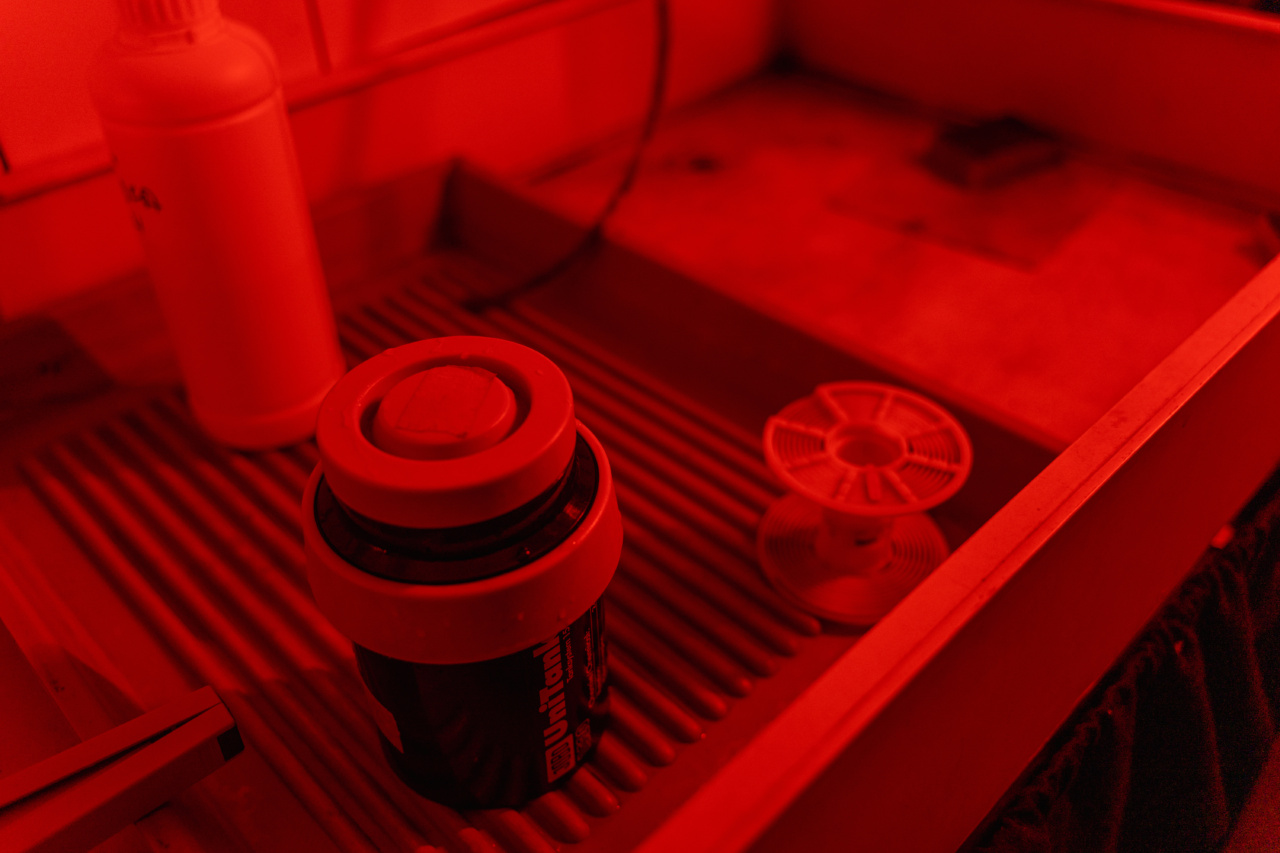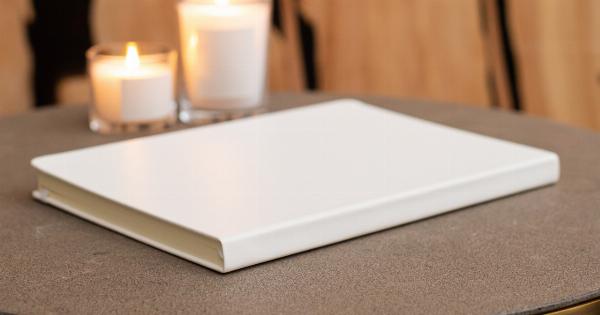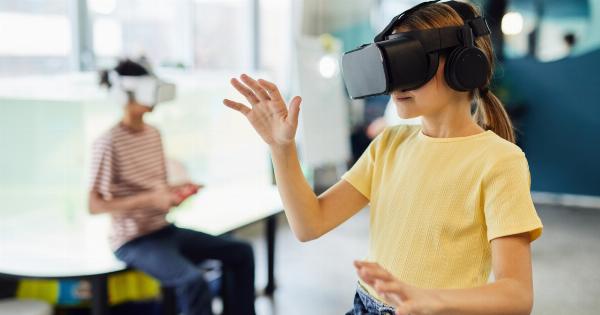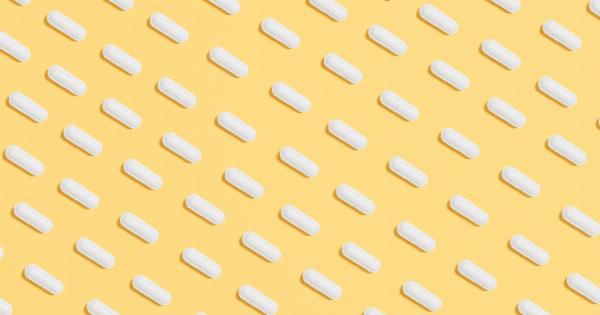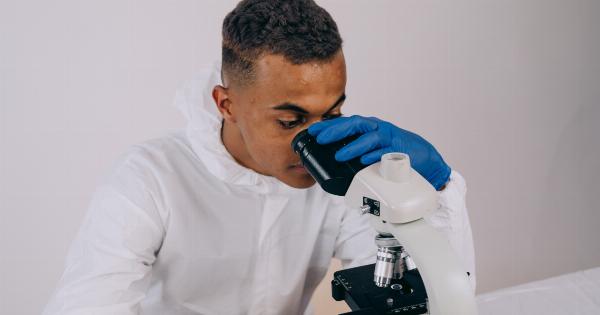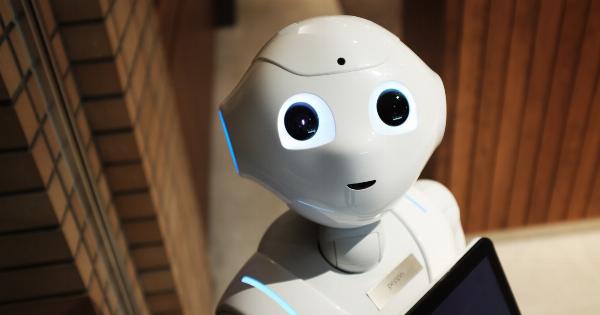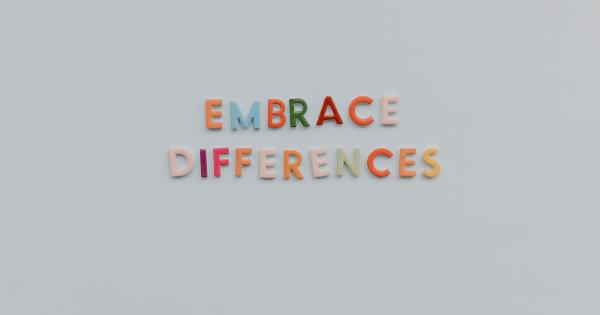Science and technology continue to push the boundaries of what was once considered impossible. In a groundbreaking development, researchers have successfully produced the world’s first 3D printed heart, revolutionizing the field of medicine.
This remarkable achievement opens up new possibilities for organ transplantation, medical research, and personalized healthcare that were previously unimaginable.
The Birth of 3D Printing
3D printing, also known as additive manufacturing, is a process that creates three-dimensional objects using a computer-controlled design. It involves layering materials on top of each other, gradually building the desired shape.
While the concept of 3D printing emerged in the 1980s, it has gained significant traction in recent years thanks to major advancements in technology.
The Traditional Approach to Organ Transplantation
Organ transplantation has long been a challenge due to the shortage of compatible organs and the risk of rejection by the recipient’s immune system.
The traditional approach involves finding a suitable donor organ, which can be a lengthy and uncertain process. Patients often spend years on transplant waiting lists, hoping for a suitable match to become available.
Moreover, even when a compatible organ is found, the potential risk of rejection and the need for lifelong immunosuppressant drugs remain major concerns.
How 3D Printing is Changing the Game
The advent of 3D printing in medicine offers a potential solution to the challenges faced in organ transplantation. By using a patient’s own cells, scientists can fabricate fully customized organs that are not prone to rejection.
The process begins with creating a digital model of the desired organ using advanced imaging techniques, such as magnetic resonance imaging (MRI) or computed tomography (CT) scans. Software then converts the 3D model into precise instructions for the printer.
The printer, equipped with a biologically compatible material or bioink, deposits layer upon layer to build the organ. The bioink typically consists of a combination of living cells, growth factors, and biomaterials.
As the layers stack up, the organ gradually takes shape. Once the printing process is complete, the organ is placed in a bioreactor or incubator, which helps the cells grow and mature into functional tissue. This allows the printed organ to continue developing and become fully functional.
Potential Benefits of 3D Printed Organs
The ability to produce 3D printed organs offers numerous advantages over traditional organ transplantation methods. Firstly, it mitigates the problem of organ shortages, as organs can be created on demand.
This eliminates the need for patients to wait for suitable organ donors and increases their chances of receiving a transplant in a timely manner.
Secondly, 3D printed organs are customized to match the patient’s anatomy perfectly. This precision ensures a better fit and reduces the risk of complications, ultimately improving the overall success rate of organ transplantation surgeries.
Additionally, since the 3D printed organs are made from the patient’s own cells, the chances of rejection are significantly reduced, eliminating the need for lifelong immunosuppressant medications.
Besides transplantation, 3D printed organs also hold enormous potential in medical research and drug development. Researchers can use these organs to study diseases, test the efficacy of new drugs, and develop personalized treatment plans.
This technology allows for more accurate drug testing, minimizing the need for animal testing and speeding up the drug development process.
Current Progress and Challenges
While the first-ever 3D printed heart is undoubtedly a significant breakthrough, there are still several challenges to overcome before this technology becomes widely accessible.
The complexity of producing functional organs with intricate blood vessels remains a major hurdle. The issue lies in creating a vascular network that can supply oxygen and nutrients to the 3D printed organ. Current methods are limited to printing only a small portion of blood vessels, limiting the size and functionality of the printed organs.
Another challenge lies in the ethical considerations surrounding organ printing. As the technology progresses, questions of equity and access arise.
Should 3D printed organs be readily available only to those who can afford them? If so, how do we ensure equal distribution and affordability?.
Additionally, regulatory bodies need to develop strict guidelines and safety protocols before 3D printed organs can be used in clinical practice.
Extensive testing and approval processes are essential to ensure the safety, efficacy, and long-term viability of these revolutionary advancements.
The Future of 3D Printed Organs
Despite the challenges, the future of 3D printed organs is brimming with possibilities. As technology continues to advance, scientists are optimistic about the potential of this groundbreaking innovation.
The ability to engineer fully functional organs could transform the field of medicine, offering hope for millions of patients around the world.
In the coming years, we can expect further advancements in the field of 3D printing, leading to the successful transplantation of more complex organs.
As researchers refine the techniques, we may witness the printing of kidneys, livers, and lungs, among others. The possibilities are limitless, and the positive implications for patient care and quality of life are immense.
Conclusion
Science and technology have come together to achieve a truly remarkable feat: the creation of the first-ever 3D printed heart.
This breakthrough in organ transplantation holds the power to revolutionize medicine, offering hope to patients in need of life-saving transplants. While there are challenges to overcome, the future of 3D printed organs looks promising. With continued research and development, this groundbreaking technology has the potential to save countless lives and improve healthcare worldwide.
